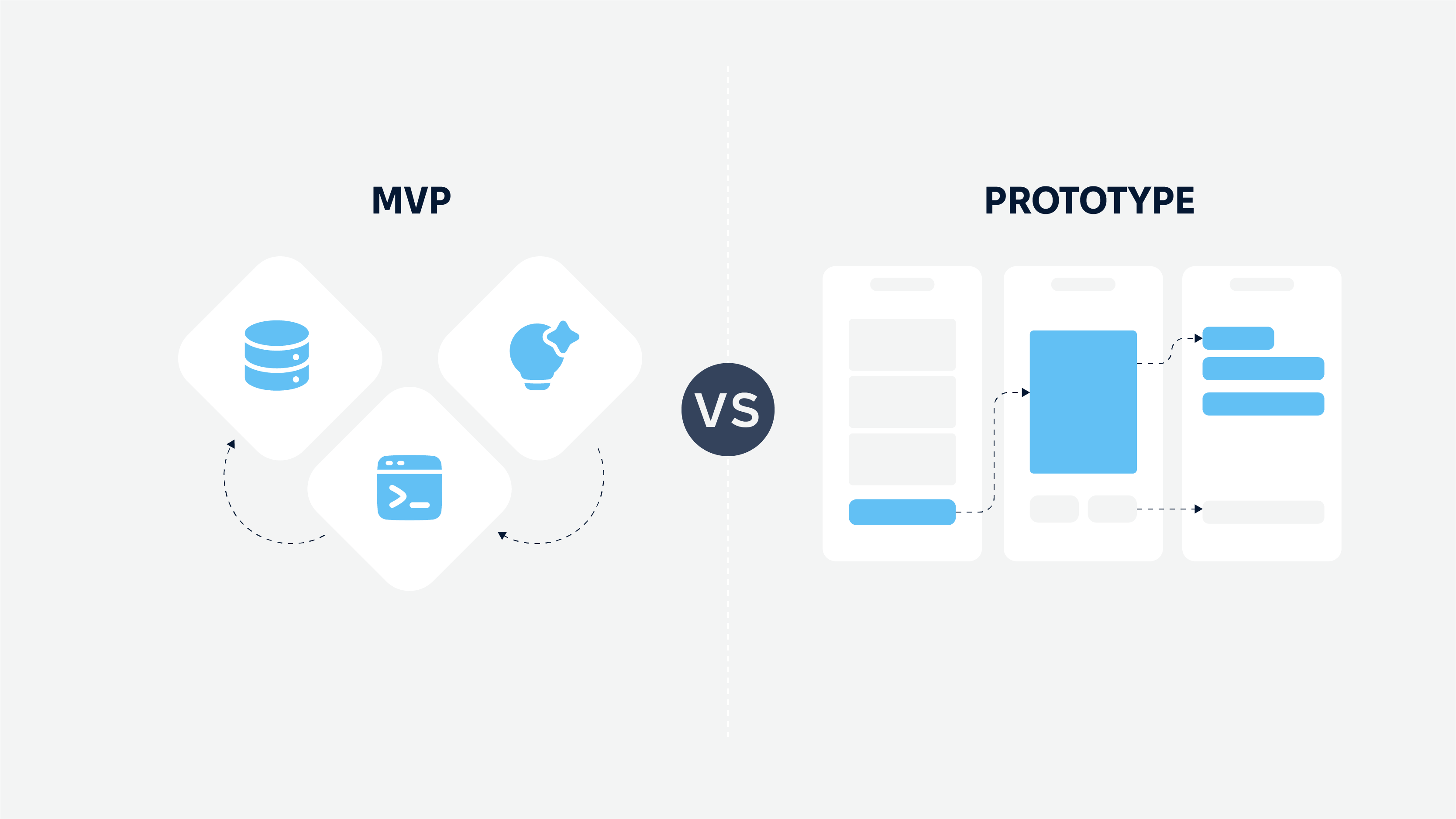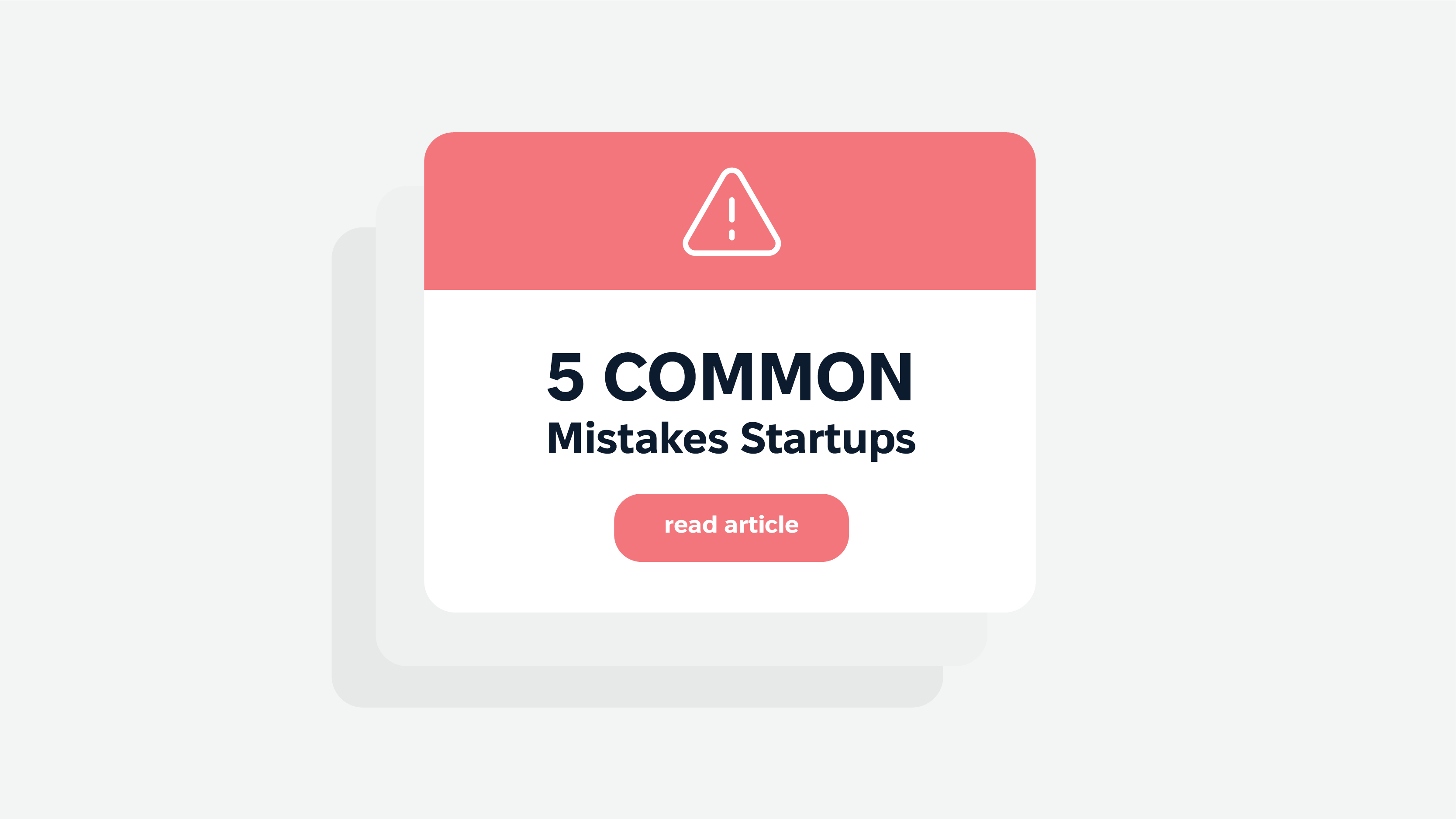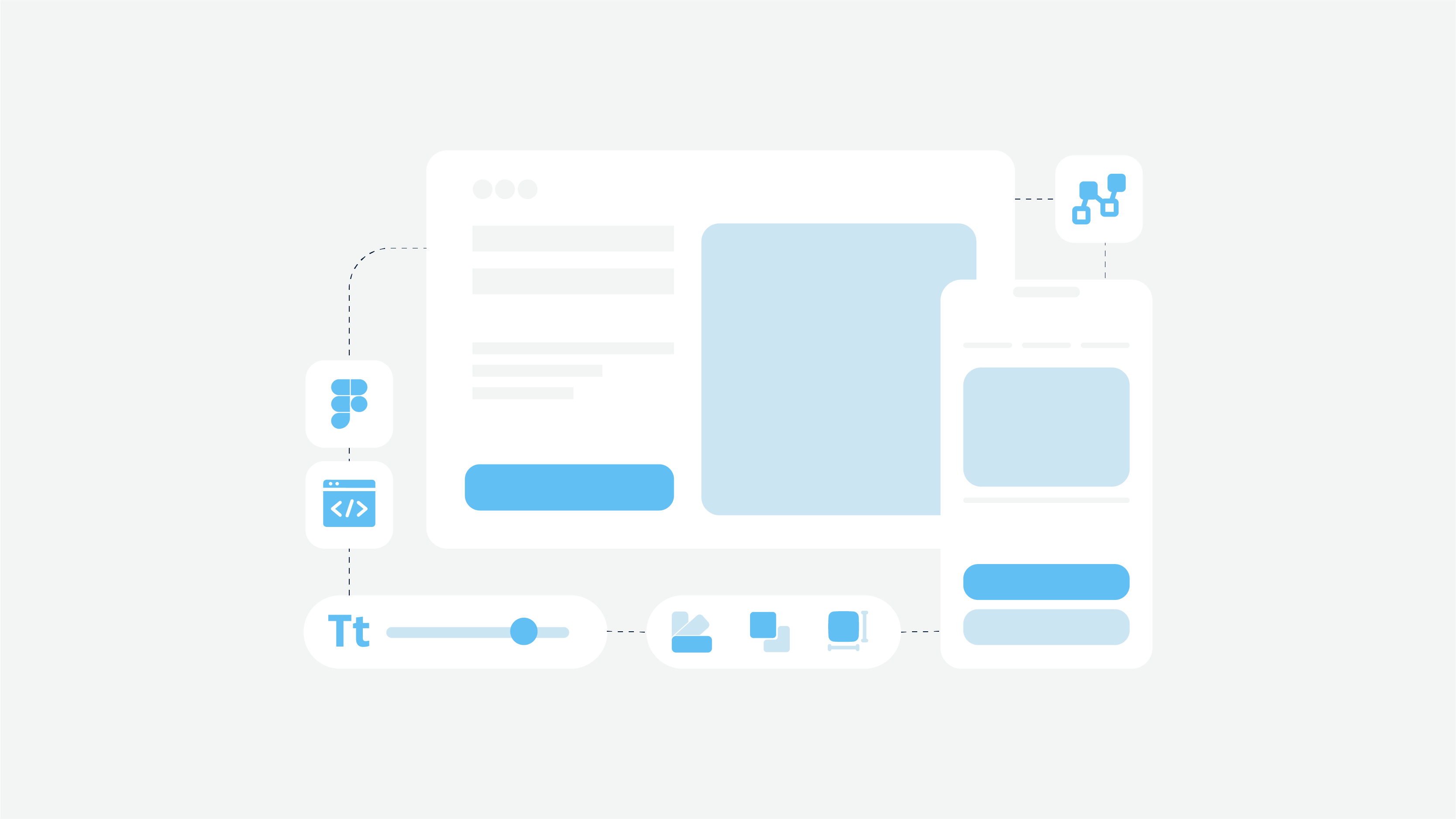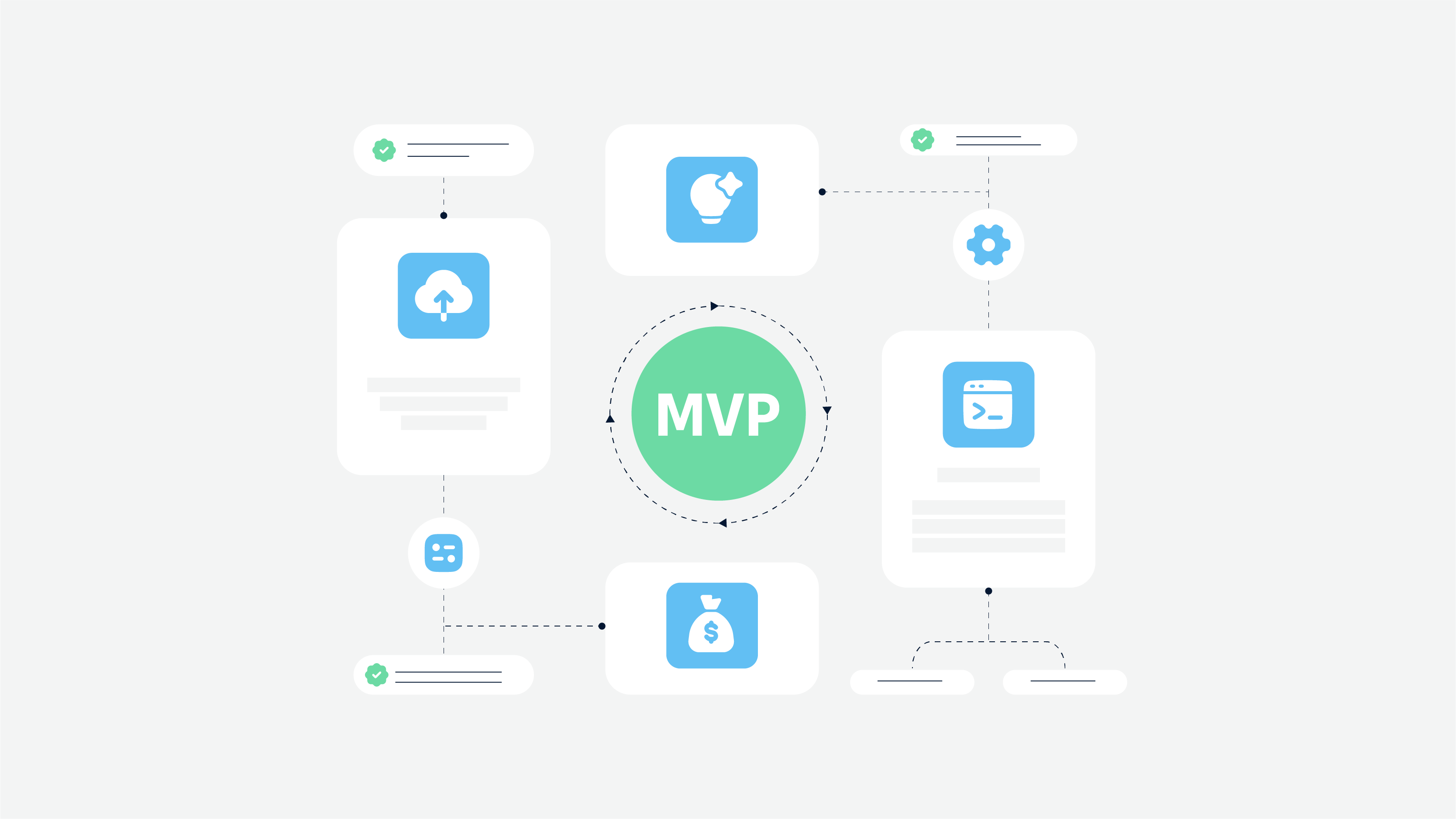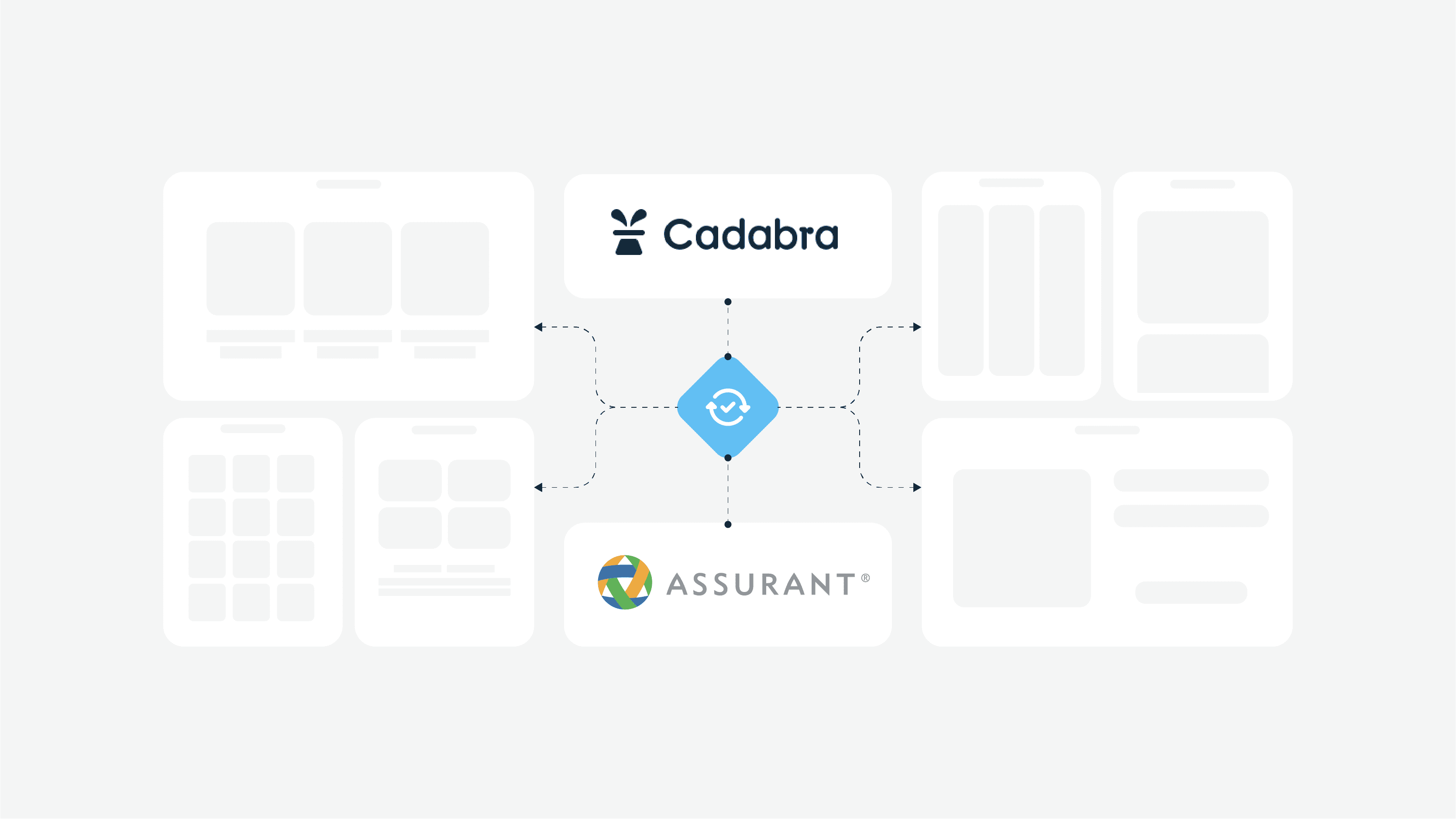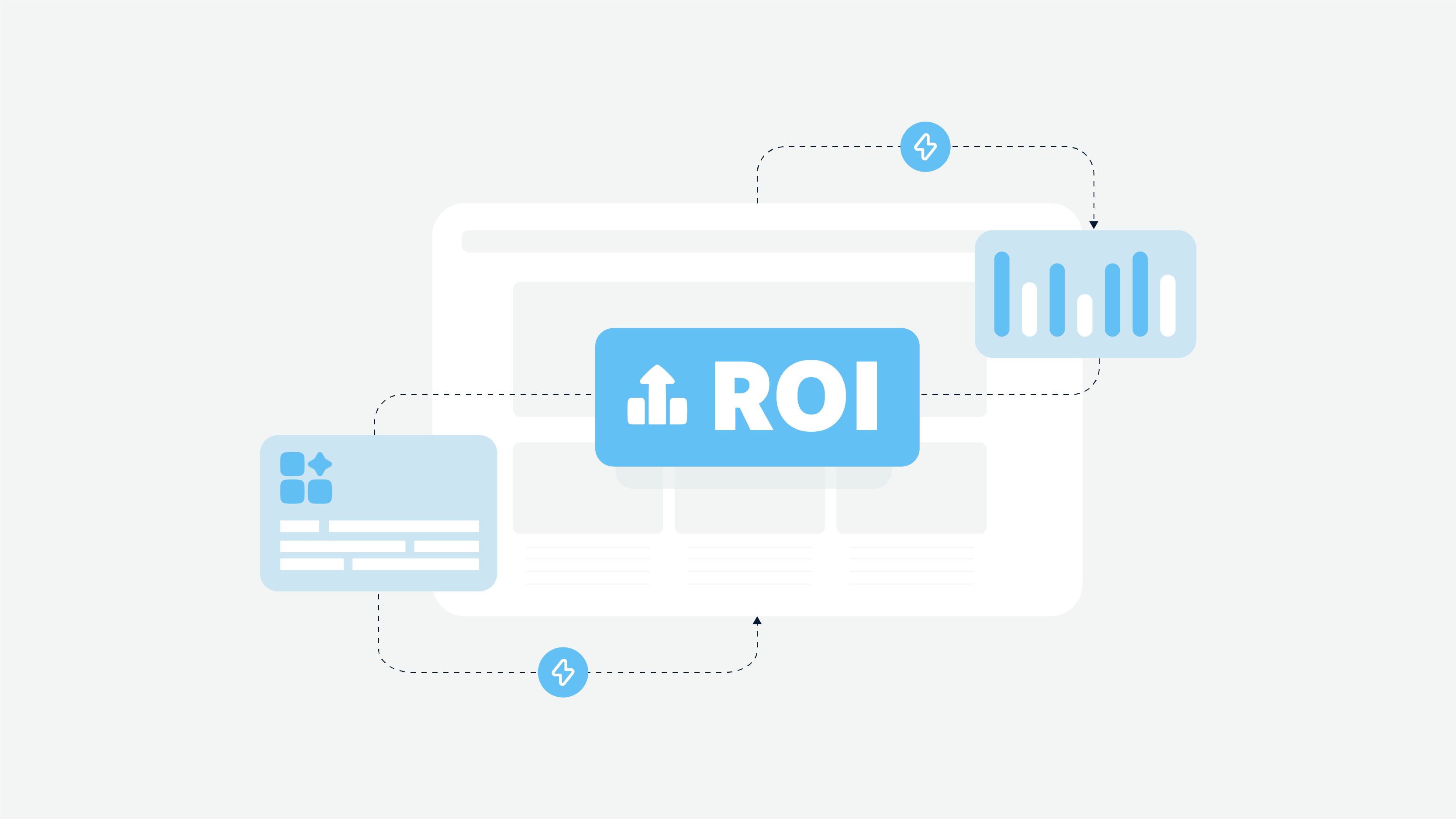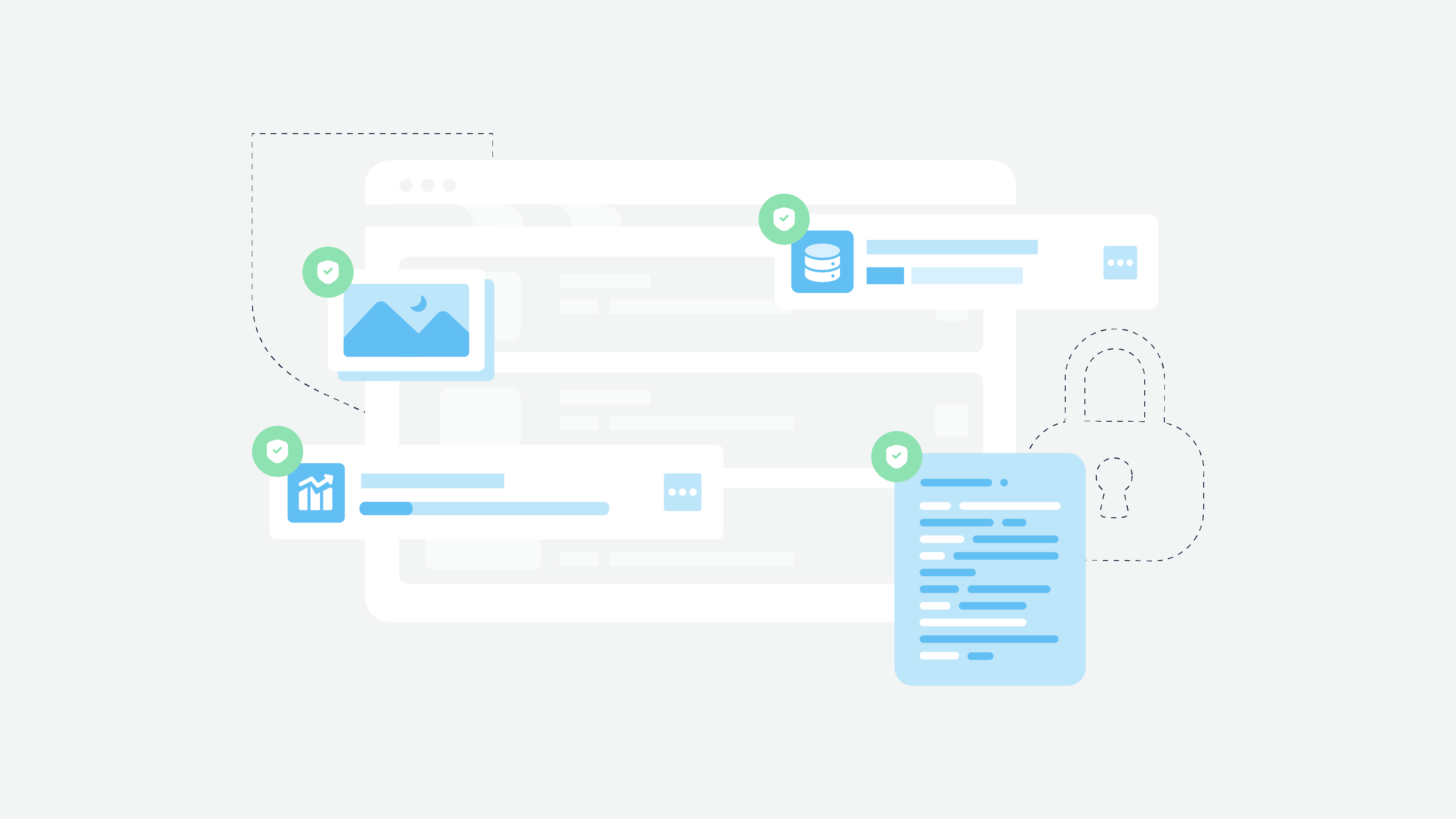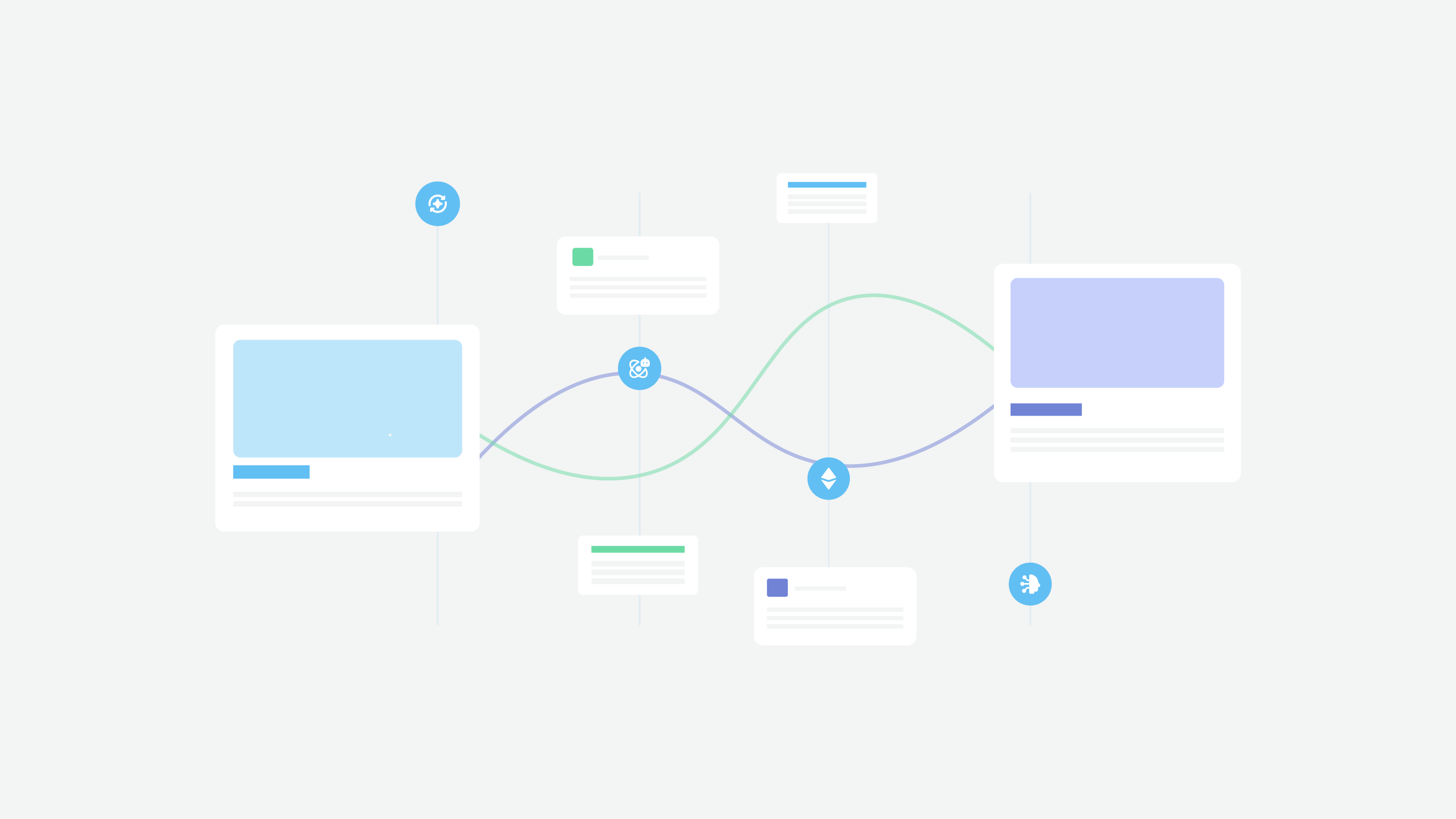The insurance industry and any other customer-oriented sphere strive to improve a customer experience and attract more potential customers. No wonder the digitalization of the insurance sector is fast-paced. And it became the reason for the origination of InsurTech.
What is InsurTech? What new can InsurTech provide customers with? How does it work? We will answer these and other questions right here. And you will find out why you need the InsurTech software for your insurance agency.
What Is InsurTech And How Are Insurers Using It?
In fact, InsureTech is a subdivision of FinTech. FinTech (financial technology) implies the integration of modern technological solutions into financial services. InsurTech (insurance technology), in turn, means the technology that automates and streamlines insurance procedures. And there is a wide range of possible use cases of InsurTech.
InsurTech companies create insurance services based on technologies, and they help insurance companies integrate them into internal workflow processes. InsurTech is the combination of digitalization, innovation strategies, and insurance. These three milestones build the ground for InsurTech.
Insurers can use InsurTech in many different ways, starting with essential claims processing operations to predictive analytics usage with artificial intelligence and Big Data. But we will discuss in more detail the impact of technologies on insurance in the following sections.
How Does InsurTech Work?
It is impossible to describe the principle of InsurTech functionality with a couple of words. This is a new ecosystem, and it is continuously evolving. In common, InsurTech is used to enhance and speed up backend processes; it contributes to better customer experience and reduces operational costs.
Insurance companies may use InsurTech software to cooperate with customers faster and respond to any customer concern. Many processes become automated, and chatbots replace humans to chat with customers 24/7. Moreover, InsurTech allows insurance companies to replace the whole customer service support team with AI-based bots.
Insurance software development must be entrusted to professionals. Contact Cadabra Studio for a detailed development estimate.
Let’s Take A Look At Some Stats
Experts say that from 2022 to 2030, the global insurance market’s average annual growth rate (CAGR) will increase more than twice. The main reason why it is happening is the increase in the number of insurance cases in the world and the growing interest of clients in new unique offers provided by insurance software development companies.
Automobile insurance, as well as housing and life insurance, are still the most common areas of other insurance. Insurance agencies are constantly increasing their investments in digital technologies for two main reasons: insurance software solutions provide lower operating costs with better operational efficiency and significantly improve customer experience, loyalty, and satisfaction.
Why Is InsurTech Important?

Insurance technology has many advantages and reasons why you should review your current business approach (if you work in the insurance sector) and re-organize your company with InsurTech in mind. Let’s check out why InsurTech is essential.
Data analytics. Previously, the analysis of vast data massifs was a complicated and time-consuming process. InsurTech changes it. Big Data allows insurers to get 360-degree feedback from customers, analyze their behavior and forecast needs, assess insurance risks, etc.
Blockchain use. The distributed network will build transparent and tight relations between customers and insurers due to smart contracts that monitor the fulfillment of obligations by both parties. And the contract becomes complete only when each party fulfills their part of the contract.
P2P Insurance. Communication between P2P insurance companies becomes more convenient, and it is much easier to arrange cost-sharing using relevant software. By the way, if you don’t know what P2P insurance implies, we delve into this issue more deeply in the following section.
New ways of data gathering. IoT (Internet of Things), smartphone apps, and wearables build new sources of gathering customer data, and they make it possible to exchange and process this information more efficiently.
Predictive analysis. This is a crucial step if you want to avoid fraudulent claims that unfortunately take place. Predictive analytics enables more thorough monitoring of each claim where smart algorithms can detect suspicious details.
Easy-to-use software. At least, InsurTech means the availability of software that is used for all insurance processes. But software must run like clockwork and contain the required functionality. Here a company like Cadabra Studio will help you. And if you want to know more about insurance app development and ways to find reliable developers, the article about insurance software development services.
Insurtech’s Positive Impact on the Industry in General
The first thing to emphasize is that custom insurance software uses all the advanced UI/UX design tools to improve the user experience significantly. Both clients and agents benefit from this because they get a convenient and technological tool that speeds up all insurance operations.
Advanced technology helps customers better understand their needs, and agents – provide personalized service based on this.
Insurance software solutions also help improve insurance companies’ efficiency and the services they provide. Advanced methods and tools allow you to access well-structured and reliable data from anywhere and anytime. Both clients and agents receive information about insurance policies and conditions, can share them in seconds, and avoid getting stuck in the search and analysis processes.
In general, the innovative data processing and analysis methods discussed above provide more consistent coverage based on historical data. This is a great way to instantly meet customer needs and improve industry pricing because users can get exactly what they need without overpaying for unnecessary services.
Moreover, insurance software development companies are constantly working on improving the flexibility of their products. This, in turn, affects the flexibility of insurance offers. Modern technologies make it possible to form flexible short-term individual plans. In this way, insurance agencies can quickly cover customers’ specific needs during a particular period and not get stuck in long-term agreements that lose relevance over time and require regular revision or renewal.
And last but not least is better fraud protection. Custom insurance software uses all the possibilities of artificial intelligence, machine learning, blockchain, etc., to strengthen security measures and detect fraud instantly.
How Technology Shapes Up The Future Of InsurTech Sector
Now we can consider what perspectives InsurTech has and how InsurTech’s future may look. Technologies change the insurance sector drastically and provide users and insurers with new capabilities. The current section will help you find the proper application of InsurTech in your insurance company.
Internet of Things (IoT)
The Internet of Things revolutionizes many sectors, and the insurance field is not the exception. IoT makes it possible to automate the data sharing process. That is, insurance companies can use data shared by their customers from connected IoT devices. It helps insurers prevent any risks that may occur due to unexpected circumstances (like water leakage, fire, etc.) since IoT devices monitor multiple human activity aspects.
On the whole, IoT enables enhanced risk assessment, and insurers can impact their pricing policy better. There is a guide on how to create an IoT app if you haven’t read it before. And also, the article about IoT project ideas and business opportunities.
Telematics
Telematics is an advanced vehicle management system, simply put. Its primary purpose is to provide drivers with vital services remotely. Telematics makes it possible to solve security issues, set up remote diagnostics, fleet management, control navigation and multimedia functions, etc.
The potential of telematics is enormous — it helps increase road safety, improve driving behavior, adapt insurance premium plans for car owners considering their needs, and make the auto insurance sector more profitable. In the future, high-tech telematics devices will be used for real-time monitoring of car accident circumstances so that insurers can handle claims more efficiently, and fraudulent claims will be detected immediately.
P2P Insurance/On-Demand Insurance
P2P insurance (peer-to-peer) is a new insurance idea that starts capturing the market today. Groups of people, united by social contacts and similar risks, create a P2P platform for mutual insurance. That is, they help each other in case of any damages. P2P insurance is also known as crowdsurance — people act together and create mutually beneficial conditions.
All group participants make contributions, and they form the insurance fund. If an insured event occurs to any participant, a required amount of money is allocated to them as damage compensation.
What is the advantage of P2P insurance over traditional cooperation with insurance companies? In the absence of severe insured events during the year, all remaining funds are disbursed among participants. Insurance companies don’t use this model, and people don’t get their assets contribution back. The only thing people need to organize P2P insurance is a P2P platform development that a qualified team like Cadabra Studio may implement.
Machine Learning

InsurTech automation becomes possible due to machine learning algorithms. Besides more efficient claims processing, other insurance-related routine processes can also be analyzed and processed by intelligent algorithms. The involvement of human labor increases risk chances, while machine learning ensures high accuracy and speed.
For example, imagine that a drought attacked farmers’ lands. How long would it take for insurance agents to assess damages and calculate the compensation amount? We think it may take months. Machine learning will do it quickly and accurately, and IoT will also be used here — for drones and smart farming sensors connection.
Big Data
Before the advent of advanced data collection and processing technologies, insurance agents could only access information such as income, general credit rating, financial history, etc. These are necessary but incomplete data.
Using the possibilities of Big Data in custom insurance software allows insurance agents to access the most diverse data and determine what lifestyle the client has, what his state of health is, what are his purchasing habits, etc. High-tech methods of analyzing such data help to study the collected data quickly, segment them and form unique forecasted proposals based on the identified patterns.
On the one hand, this helps agents provide a more valuable and personalized service. On the other hand, it helps to improve risk management and protect companies from unnecessary costs.
Artificial Intelligence
Machine learning (ML) is a subdivision of artificial intelligence (AI). ML is using math data models to let computing systems learn on their own, without third-party interference. AI is the whole concept of a capability that allows computers to imitate human cognitive functions.
Thus, AI is used for fraud detection, predictive analytics, prevention of possible damages so that insurers can execute intelligent underwriting algorithms during claims processing. Moreover, AI helps insurance providers analyze insurance plans and adapt them to rapidly changing customer needs to remain competitive in the market.
Usage-based Insurance
Usage-based insurance has a settlement basis. Its essence is to collect charges from policyholders per unit of use of the insured vehicle. It is assumed that this approach will be implemented in custom insurance software for various insurance purposes, including real estate, but it is currently being tested on cars.
Charges are calculated based on the type and characteristics of vehicles, distance and travel time, weather conditions, driver behavior, etc. All this is stored in the client’s risk profile and allows premiums to be dynamically changed depending on the client’s behavior.
Insurance Management Platforms
Finally, new development technologies allow the creation of more robust and advanced insurance software that helps insurance companies automate some operations and improve customer service. Furthermore, companies reduce their costs and offer cost-effective solutions to their customers.
The primary purpose of insurance management platforms is to resolve complicated activities and attract more customers. Cadabra Studio is a company engaged in insurance software development, and we have vast expertise in this field. As an example, you can check our case study for RVOS insurance agency website design and development.
Do you need to build your insurance-related project within a short deadline? Don’t hesitate to contact Cadabra Studio right away.
Regulatory Compliance In InsurTech Sector
Yes, InsurTech also requires companies to comply with existing laws and regulations to ensure proper fulfillment of their obligations and protect customer personal data. And each country has its legislation where rules may be different from your region.
Take Europe as an example. There are two primary regulations like AML5 and eIDAS that work in the banking sector, and they must also be applied to the insurance sector.
AML5, or 5AMLD, stands for Fifth Anti-Money Laundering Directive. All insurance companies that digitize their working processes and integrate technologies must be compliant with the AML5 directive. It helps protect transactions and minimize risks connected with cryptocurrencies.
eIDAS (electronic Identification, Authentication, and trust Services) regulates electronic signatures and electronic transactions, involved bodies, and processes to protect online business and related financial services.
Moreover, don’t forget about GDPR. If your app processes customers’ personal data (and the InsurTech app will certainly do it), you must comply with GDPR. The guide about GDPR compliance will help you delve into this process deeply.
Real Examples of How InsurTech is Improving the Insurance Industry
Let’s take a look at exactly how InsurTech can transform the insurance industry for the better, namely by providing efficient tools to quickly process data, assess risk profiles, engage and manage large numbers of users, etc.
Implementation of Smart Contracts
Custom insurance software allows you to implement smart contracts that automatically execute the agreement only if all specified conditions are met. This can be related to increasing the level of insurance, payment of claims, etc.
Such automation of routine processes reduces the risk of human error and provides additional resources for performing tasks that require human intervention.
User Verification
Both software for corporate use and products for clients of the insurance industry deal with a large amount of sensitive data and money transactions. Accordingly, insurance software development companies have two main tasks in this regard:
- Develop a reliable user-agent verification system.
- To create a reliable system of verification of customer-users and protection against fraudulent activities.
InsurTech helps solve these issues by using AI and ML, as well as advanced user identification tools. Moreover, modern insurance software solutions have full functionality for automatic document scanning, ID verification, detecting suspicious activity or unusual behavior, etc. All this not only improves security but also speeds up work processes.
Automation and Improvement of Claims Management
Advanced insurance software solutions help agents create automated patterns and set up workflows for claims management. The software can collect data points, verify claims, get rid of fraudulent or inappropriate claims, and even automatically calculate and pay claims to policyholders. Previously, all these processes required a lot of time and resources because they were done manually.
Automated claims management tools are especially critical for large companies with thousands of customers. In many cases, this is the only way to optimize claims verification and payment.
InsurTech Challenges

However, all the advantages mentioned above cannot hide some challenges InsurTech still has. We need to single them out to provide you with a transparent picture of the insurance technology world.
The fast-changing economic landscape. Custom insurance software must quickly respond to the needs of the economy and take into account the realities of the modern workforce: conditions, type of work, real workload, etc. Because the insurance industry hasn’t changed in decades, innovative products can deal with serious opposition.
Difficult to compare prices. Unfortunately, not all tools allow users to compare InsurTech rates in one place. Common insurance companies may provide quote tools for insurance pricing comparison, but the InsurTech sector lacks it. Therefore, it can lead to additional expenses since users cannot find the best price.
Intelligent customer experience. The insurance industry has changed significantly with the development of Big Tech and its major players, such as Apple or Amazon, as users have gained access to a completely new experience. Digital services and products are easily customized and fully adapted to the target audience. Therefore, each insurance software development company tries to optimize its software in such a way as to meet all the requirements of the fast-moving world of UX design.
So, one of the critical challenges of other technology is to keep up with changes in user experience and use intelligent tools for its development.
Lack of bankruptcy policy. Unlike federal policies concerning the bankruptcy of financial organizations, InsurTech companies still don’t have relevant regulations. Thus, investors cannot get 100% guarantees that their investments will be refunded if companies go bankrupt.
Online customer support. Even though online assistance is considered advantageous since it saves both parties’ time, the InsurTech sector actively integrates AI-based services without human support. Some people still want to communicate with real people and meet them face-to-face like insurance agents in traditional companies usually do.
Although Cadabra Studio cannot impact bankruptcy policy, we can do our best to protect your app, build a quote tool to let customers compare rates quickly and easily, and find the right “robot-human” combination for the proper communication with customers. Customers want to see that not only soulless chatbots communicate with them but also human specialists who are willing to deliver the best solutions.
As an experienced insurance software development company, we are able to conduct professional research and determine the best development points for your product. We will be happy to share your values and become a part of your business that will provide ongoing support and an expert approach.
Everything you need is to contact us, and we will troubleshoot all issues together!
What Should We Expect From InsurTech?

InsurTech has enormous potential and provides a wide range of possible use cases. Everything depends on your company, your budget, expectations, and requirements. But a wise approach can become a huge step to a profitable business that keeps up with the times. You provide customers with high-level service — their loyalty grows.
Undoubtedly, the future is InsurTech, and insurance software development companies know this. New ways to automate insurance processes, enhanced security and fraud protection, unique design practices to improve user experience, etc., appear every year.
However, some pitfalls exist, and you cannot ignore them. But it doesn’t mean you shouldn’t engage in new business. You just need trustworthy partners like Cadabra Studio that will help you build the InsurTech software. Contact our business development managers and tell them everything about your concerns and other future software development plans. We will do the rest.



